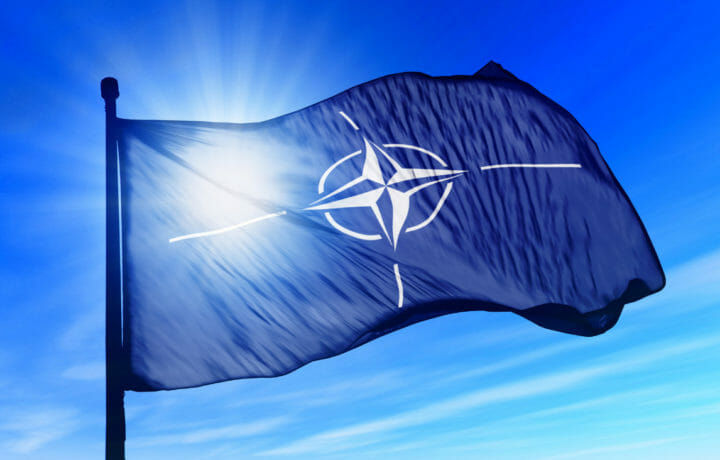For the past eighty years, most of the European continent has benefitted from a psychological and financial peace dividend. With Russia’s invasion of Ukraine shocking the world, European countries are now reevaluating both their security policy and defense spending.
Geographically close to Russia, Finland and Sweden simultaneously handed their official letters of application to join NATO. Finnish Public opinion for NATO membership is now 70%, up from 25% before the war in Ukraine. However, membership is not a done deal, as all 30 of NATO’s members will need to approve the application. Currently, Turkey strongly objects due to Sweden’s supposed hosting of Kurdish refugees.
NATO’s Perspective
NATO Secretary General Jens Stoltenberg warmly welcomed the requests, saying “…your membership in NATO will increase our shared security.” NATO believes the accession of Finland and Sweden will hugely strengthen the Baltic Sea region for a variety of reasons.
Finland shares an 800-mile border with Russia, located close to St. Petersburg, headquarters for Russia’s Northern Fleet’s headquarters. Finland’s membership could allow for NATO military installations directly on the western side of Russia.
Membership May Provide a Procurement Windfall
As the internal defense posture debate continues throughout Europe, challenging discussions have begun. Both Finland and Sweden will potentially be forced to transfer funding from social programs to defense, which is a tough sell throughout Europe. Protests have already begun as Italy suffered through a transportation strike based on defense spending and aid to Ukraine last month.
Finland and Sweden stated they will step up cooperation in defense procurement, through buying firearms and anti-tank weapons from Swedish weapons maker Saab Dynamics. However, interoperability and domestic limitations will probably require external defense procurement in other areas. Decisions must now include the major questions of what to fund and where to buy military hardware. NATO membership for these two countries would align with their Nordic neighbors and may very well increase revenue for American defense contractors.
Despite much of their procurement being domestic and European, U.S. military hardware is already being used in both countries. Finland has the F/A-18s and is signed up to buy 64 F-35 fighters, “bringing capacity and capability” according to General Christopher Cavoli, Commanding General of U.S. Army Europe and Africa. Finnish military inventory already includes the U.S.-made M270 Multiple Launch Rocket System, Stinger missiles, and small arms and anti-tank weapons.
Sweden is also enhancing its defense capabilities. According to General Cavoli, Sweden has a 200% increase in their acquisition budget over the next five years. Further, they are in the process of integrating Patriot air defense missiles systems. Besides the Patriot and other small arms, Sweden is wide open for the introduction of American-made defense items.
When these two countries align with NATO, interoperability will become compulsory with their commitment. Buying items from internal domestic sources, limits their interoperability capability, causing frustration and unnecessary complexity. With many American defense system at the center of NATO’s architectural framework, adding member states will directly benefits U.S. contractors.
Additionally, the U.S. has sent existing equipment to war-torn Ukraine. One such weapon, the Javelin has been shipped from member states and the U.S., recording the destruction of nearly 700 Russian tanks. These systems will provide significant financial windfall for defense contractors, as replenishment of these critical systems will be essential. Further, other NATO member states will desire to procure the Javelin for their inventory.
U.S. defense contractors have proven to be reliable global partners. Additionally, defense companies received the backing of a record-breaking U.S defense budget of $810 billion in 2021. With American systems in demand and no discussion of decreasing military spending, the industry outlook is favorable for some time.




